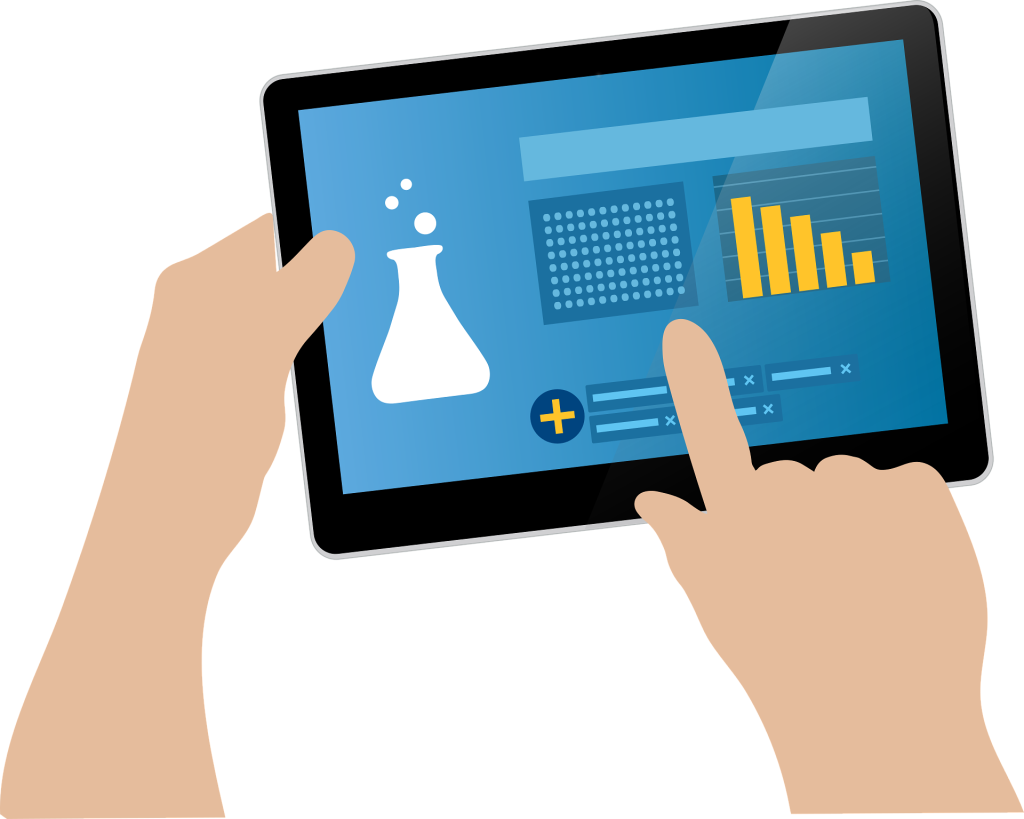Web Portal Development: Building Digital Gateways for Business Success
In today's digital era, web portals have become essential tools for businesses looking to streamline operations, enhance communication, and engage with their target audience effectively. As the demand for online solutions continues to rise, the need for robust and user-friendly web portals has never been greater. In this article, we'll explore the process of web portal development and how it can benefit businesses of all sizes.
Introduction to Web Portal Development
Web portal development involves the creation of interactive online platforms that serve as gateways to information, services, and resources. These portals provide users with a centralized hub where they can access relevant content, collaborate with others, and perform various tasks seamlessly. From employee portals for internal communication to customer portals for service delivery, web portals play a crucial role in modern business operations.
Importance of Web Portals for Businesses
Web portals offer numerous benefits for businesses, including –
Centralized Information
Web portals provide users with easy access to relevant information, documents, and resources, leading to improved productivity and efficiency.
Enhanced Communication
By facilitating communication and collaboration among employees, customers, and partners, web portals help streamline workflows and foster stronger relationships.
Improved Customer Experience
Customer portals allow businesses to deliver personalized services, support, and self-service options, enhancing the overall customer experience.
Increased Accessibility
With web portals accessible from any device with an internet connection, businesses can reach a wider audience and provide round-the-clock access to information and services.
Planning and Research Phase
Before embarking on the web portal development journey, it’s crucial to conduct thorough planning and research. This phase involves:

Understanding Client Requirements
The first step is to understand the client’s objectives, goals, and target audience. By conducting stakeholder interviews and gathering requirements, developers can ensure that the web portal aligns with the client’s vision and business objectives.
Analyzing Target Audience
Understanding the needs, preferences, and pain points of the target audience is essential for designing a user-centric web portal. Conducting market research and user surveys can provide valuable insights into user behavior and expectations.
Designing the User Interface
Once the planning and research phase is complete, the next step is to design the user interface (UI) of the web portal. This involves:
Creating Wireframes and Mockups
Wireframes and mockups serve as blueprints for the web portal’s layout, structure, and navigation. By creating prototypes and visual representations, designers can iterate on the design and gather feedback from stakeholders.
Incorporating User Experience (UX) Design Principles
User experience (UX) design focuses on creating intuitive, accessible, and enjoyable experiences for users. Designers must prioritize usability, accessibility, and consistency to ensure that the web portal meets the needs of its target audience.
Development Phase
With the design finalized, developers can begin the development phase of web portal development. This involves:
Choosing the Right Technology Stack
Selecting the appropriate technology stack is crucial for ensuring the scalability, security, and performance of the web portal. Developers must choose the right programming languages, frameworks, and tools based on the project requirements and client preferences.
Building Backend Functionality
The backend of the web portal handles data storage, processing, and business logic. Developers must build robust backend systems that can handle user authentication, data management, and integration with third-party services.
Implementing Frontend Features
The frontend of the web portal is responsible for presenting content and facilitating user interactions. Developers must implement responsive design, interactive elements, and accessibility features to create engaging and user-friendly interfaces.
Testing and Quality Assurance
Once development is complete, the web portal undergoes rigorous testing and quality assurance to ensure that it meets the highest standards of performance and reliability. This involves:
Performing Functionality Tests
Functionality tests check the web portal’s features, functionalities, and interactions to identify any bugs or issues. Developers use automated testing tools and manual testing techniques to validate the functionality of the web portal.
Conducting User Acceptance Testing (UAT)
User acceptance testing (UAT) involves testing the web portal with real users to gather feedback and validate its usability. By involving stakeholders and end-users in the testing process, developers can identify usability issues and make necessary improvements.
Deployment and Launch
With testing complete and feedback incorporated, the web portal is ready for deployment and launch. This involves:
Hosting Setup
Developers set up hosting infrastructure and configure servers to ensure optimal performance, security, and scalability. They may choose cloud hosting providers like AWS, Azure, or Google Cloud for reliable and scalable hosting solutions.
Deployment Process
The deployment process involves transferring the web portal from the development environment to the production environment. Developers use deployment tools and version control systems to ensure a smooth and seamless deployment





